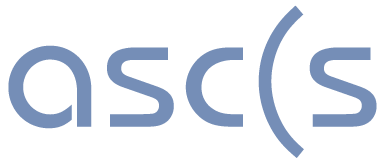
The Importance of Being Unified
#2 - From Design to Manufacturing
25 November 2025 | 2 p.m. CET | online
Analyzing current product development workflows often times shows a very distinct border between departments with specific responsibilities. Designers bring their ideas to life using computer aided design tools and export the data into a neutral format. A simulation task is issued to get a better understanding whether the design fits to the requirements or which of the proposed design ideas is preferrable. The task is queued on the virtual desk of the simulation engineer often times leading to a delay of several days up to weeks until a result is returned.
This consecutive, linear workflow drastically limits the amount of design iterations and contradicts the idea of an innovative design space exploration and the wish for faster turn-around times.
Based on the introduction of unified data model technology and fundamentals in part one of this simpulse webinar series, part two provides insights in workflows and use-cases. We display the seamless connectivity and traceability of data from design to manufacturing, including requirements and virtual validation and highlight the benefits of an integrated approach based on virtual twin technology.
AGENDA
25 November 2025 | online
2:00 PM CEST
Welcome & Introduction
Alexander F. Walser | ASCS e.V.
2:05 PM
The Importance of Being Unified - Introduction
The Benefits of Using a Unified Data Model Between Design and Simulation
Daniel Vallicotti, Andreas Renner Dassault Systèmes
2:45 PM
Q&A
Ask the speakers
3:00 PM
End
SPEAKER
TARGET AUDIENCE
- Vehicle and system engineers working on electric vehicle (EV) design, powertrain, and energy systems.
- Simulation and modeling experts who integrate multi-physics and virtual twin approaches.
- Design and validation teams looking to improve collaboration and efficiency.
- R&D professionals
exploring early-stage design concepts and virtual validation methods.
KEY TAKEAWAYS
Limitations of traditional product development workflows
- Linear, consecutive workflows between design and simulation cause delays.
- Design iterations are limited, slowing innovation and reducing flexibility in exploring the design space.
Importance of unified data models
- Seamless data connectivity between design, simulation, and manufacturing.
- Traceability of requirements and virtual validation results across all stages.
Benefits of integrated workflows
- Faster turn-around times through concurrent, collaborative processes.
- Ability to evaluate more design alternatives and make informed decisions early.
Virtual twin technology in practice
- How integrated virtual twin approaches support continuous validation from concept to manufacturing.
- Demonstrated use-cases showing real-world advantages of an end-to-end connected workflow.
Improved innovation and efficiency
- Encourages breaking down departmental silos.
- Enables a more iterative, flexible, and data-driven approach to product development.



